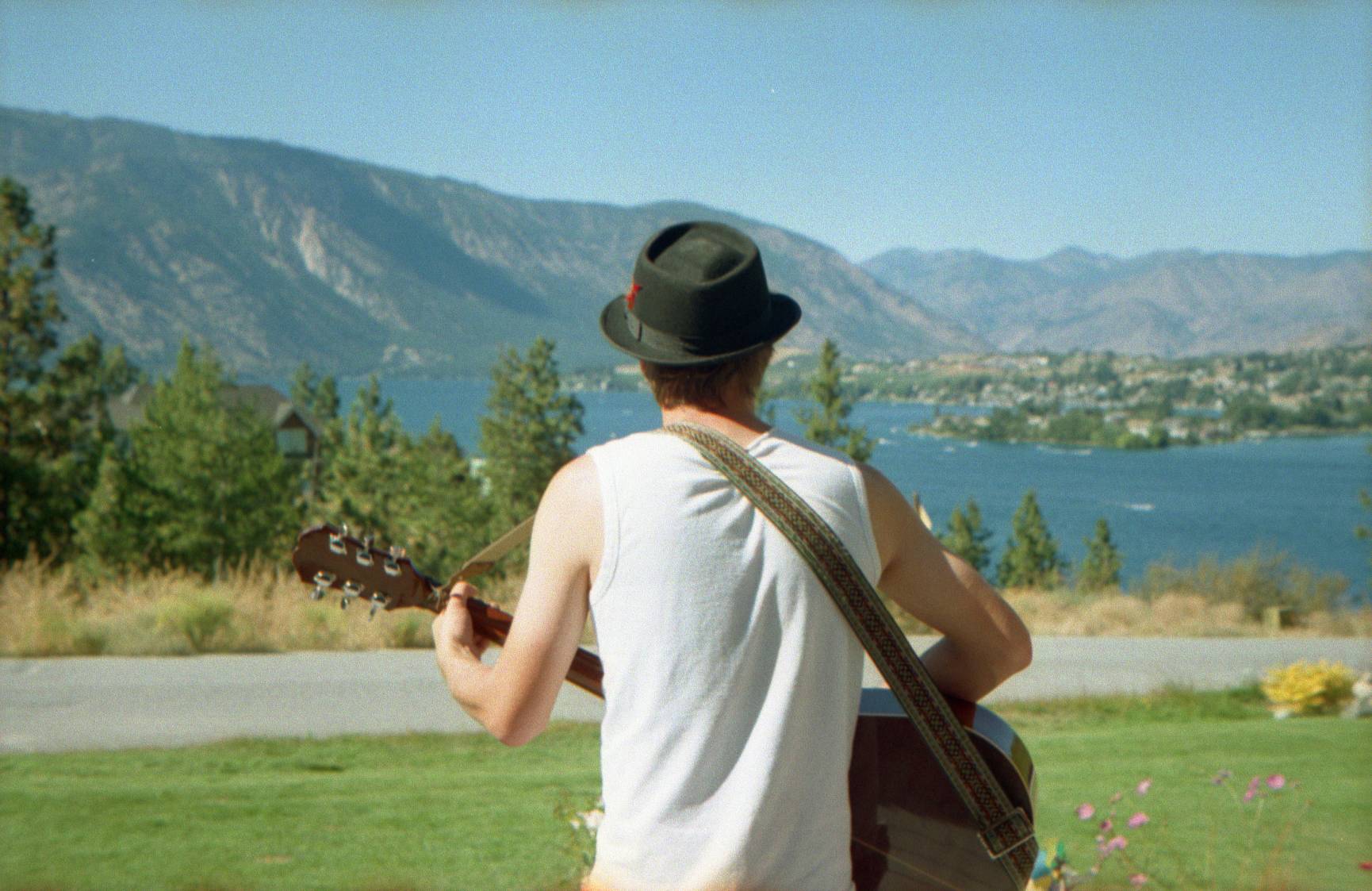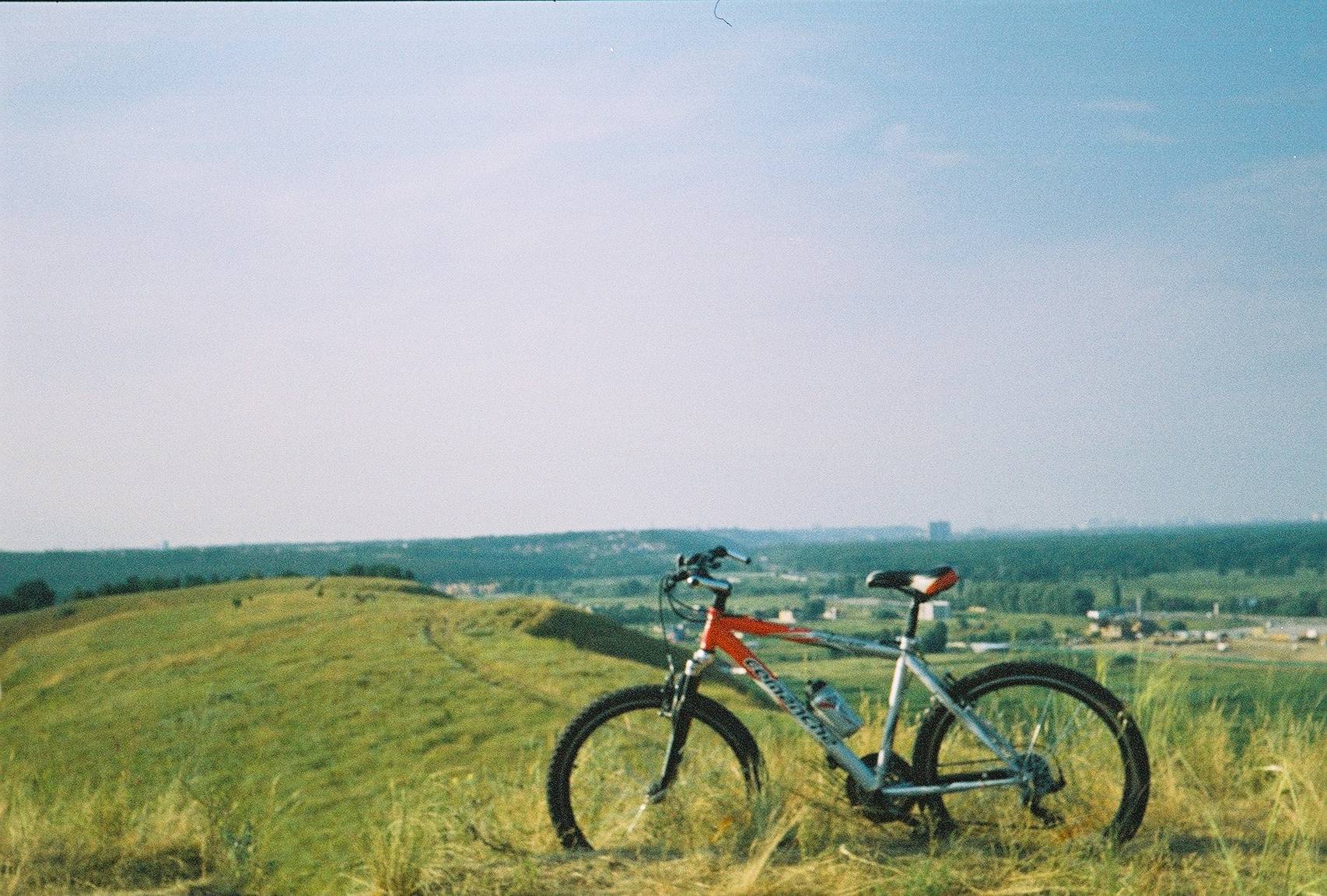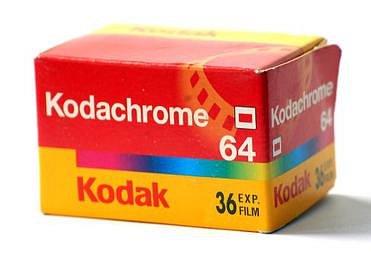Lomopedia: Argus C3
1 17 Share TweetManufactured between 1939 and 1957 by Michigan-based camera maker Argus, the Argus C3 is a 35mm rangefinder that has earned some intriguing nicknames, as well as spots in various camera lists for its design. Find out more about this intriguing camera in this installment of Lomopedia.
Camera maker Argus, based in Ann Arbor, Michigan, USA, manufactured the low-priced 35mm rangefinder camera from 1939 to 1957 (some say until 1966). It enjoyed the distinction of being the best-selling 35mm camera in the world for almost three decades, and also helped in promoting the 35mm format.
Primarily constructed out of Bakelite plastic and metal castings, the Argus C3 also sported the rectangular design which earned it the nicknames “The Brick” and “The Lunchbox.” It also had an unusual yet simple diaphragm shutter incoroporated into the camera body, making it possible for the C3 to use interchangeable lenses without requiring a complex focal plane shutter. The rangefinder was placed separately from the viewfinder, and was instead paired to the lens through the series of gears on the camera’s front.
Perhaps, interest among camera collectors for the Argus C3 was once again sparked when it appeared in the second Harry Potter film, used by one of the supporting characters named Colin Creevey.
Technical Specifications:
- Lens: Argus Coated Cintar 50mm f/3.5 three elements filter slip-on
- Aperture: f/3.5-f/16
- Focus range: 3–50 feet +inf
- Focusing: match the rangefinder images in the rangefinder eyepiece, rangefinder coupled to the lens with a gear
- Shutter: leaf shutter, speeds: 10-300 +B
- Setting: dial on the left front of the camera; B setting is separate from the dial, by a collar beneath the shutter release, set to B, for speeds set to I
- Shutter release: on the top plate, w/ cable release socket
-
Cocking lever: on the right front of the camera
Frame counter: manual reset, not works wo/film in the camera, on the top plate - Winding knob: Hold down the film catch and turn the winding knob about a quarter of a turn then release film catch and continue to turn winding knob without forcing until it stops.Make sure not to hold down the film catch for more than a quarter turn, or the film may advance past one or more exposures; on the top plate
- Film catch knob: beside the film counter dial
- Viewfinder: coupled rangefinder, but separate eyepieces for reverse telescopic finder and rangefinder
- Re-windknob: on the bottom plate
- Re-wind release: no special knob, just rotate the re-wind knob; the film counter dial on top of the camera will rotate bacwards
- Flash PC socket: none-PC, two holes on the left side of the camera for dedicated flash unit
- Cold-shoe
- Self-timer: none
- Back cover: hinged
- Embossing in the film winding spirockets hole: MPC and US patent numbers
- Tripod socket: ¼"
- Body: metal
- Weight: 749g
All information for this article were sourced from Argus C3 on Camerapedia and Argus C3 on Wikipedia.
written by plasticpopsicle on 2013-06-12 #gear #lomopedia #35mm #rangefinder #review #argus-c3 #lomography #rangefinder-camera #argus #lomopedia






















One Comment